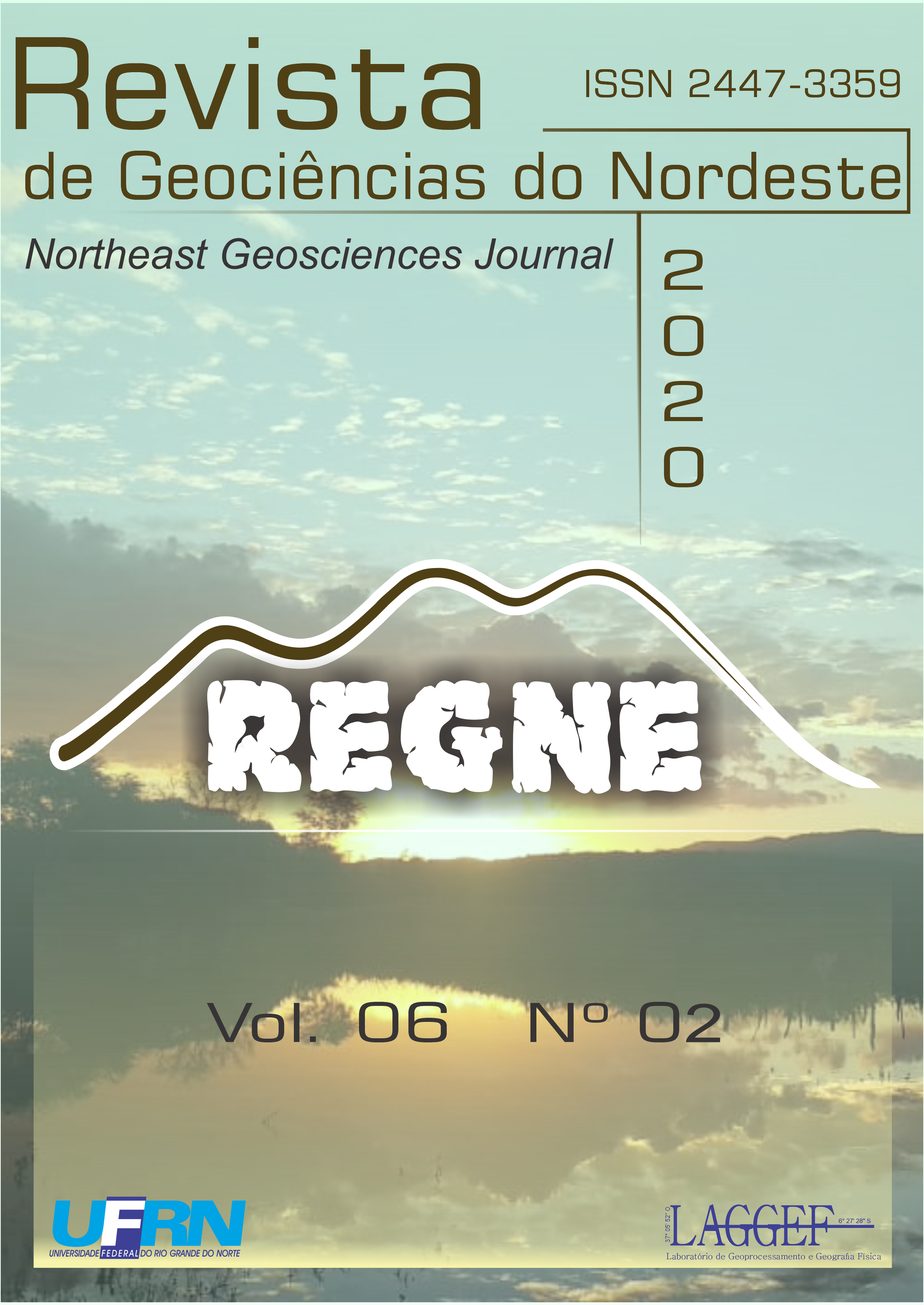PUBLIC POLICIES FOR DRINKING WATER DISTRIBUTION: THE PIPA OPERATION ACTION IN PARAÍBA’S CURIMATAÚ
DOI:
https://doi.org/10.21680/2447-3359.2020v6n2ID20486Abstract
The water has always had great importance for the populations, especially for those living in scarcity areas, where droughts are common. The dry regions are marked by physical and natural aspects that cause aridity in their landscape. This concern with water resources is growing, given the context of environmental changes. The Brazilian semiarid, where the Curimataú Paraibano is located, is the national example of dry areas. Throughout history, this region has received actions from the Brazilian State that have enabled the provision and supply of water, through water policies such as the weir, the water social technologies, exemplified by the plate cisterns, and, the focus of this research, Pipa Operation (PO). The methodology used was spatial and cartographic analysis, which used information from the Military Command of the Northeast, referring to the PO and through geotechnologies, thematic maps were created that supported the analysis. The results indicate that all municipalities in the region received the OP actions. Altogether 1.283 service points were supplied by 154 water trucks, which collected water from four water sources and used 33 main highways and 763 rural highways, serving a total of 57.482 inhabitants.


 Português (Brasil)
Português (Brasil) English
English







